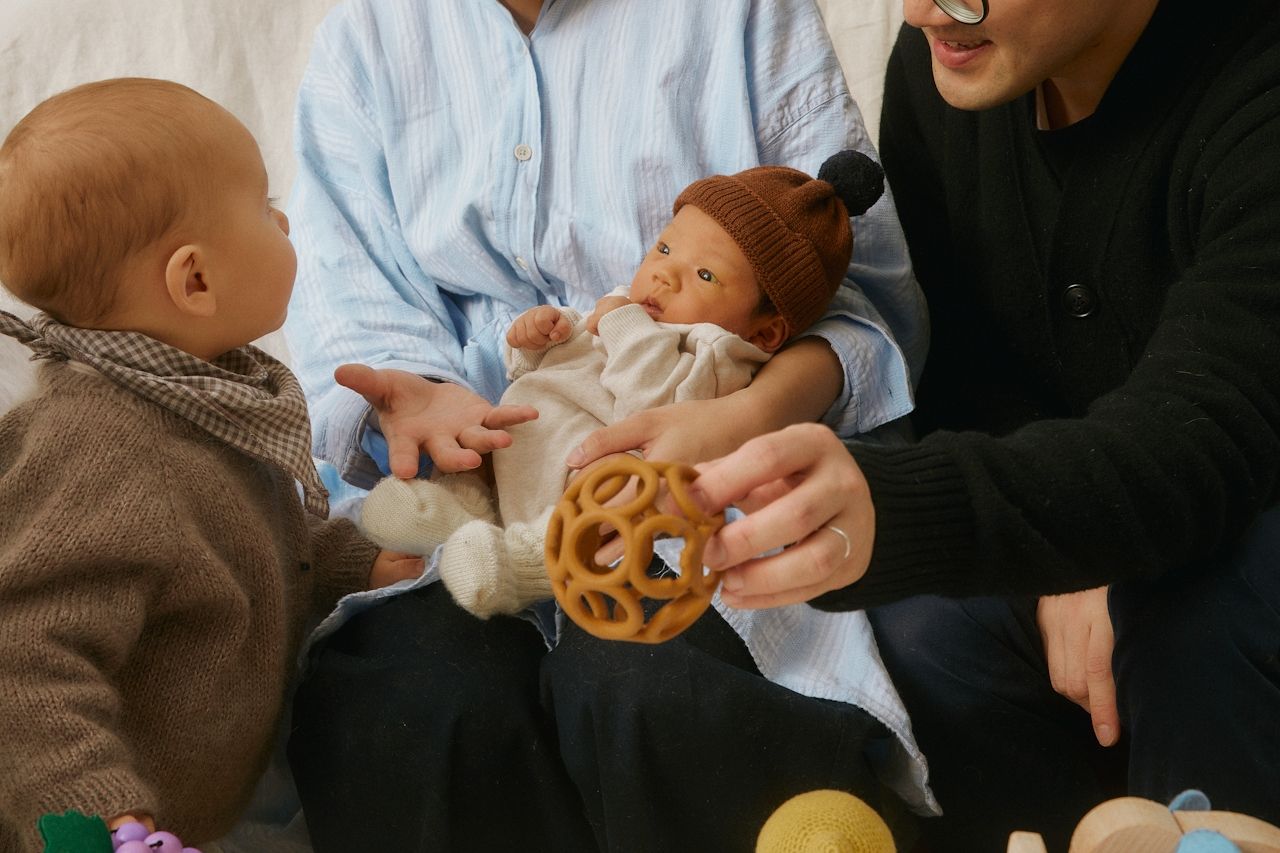Challenges and Solutions for Blended Families in Texas
If you’re part of a blended family here in Texas, you already know: family can be both a beautiful blessing and a little bit complicated. When it comes to estate planning, things can get even trickier.
Whether you’ve remarried later in life, have stepchildren you love like your own, or want to make sure your kids from a previous marriage are protected, estate planning in a blended family takes extra care. And I’ve seen what happens when it gets overlooked. It’s not pretty.
That’s why I want to walk you through some of the biggest challenges blended families face—and more importantly, what you can do about them.
Why Blended Families Need a Different Kind of Estate Plan
In a traditional first marriage with shared children, most folks just leave everything to their spouse, and when the spouse passes, it goes to the kids. Easy enough.
But when you’re in a second marriage or you’ve got children from a previous relationship, that kind of simple plan can cause real problems:
- Your kids from a prior marriage might be accidentally disinherited.
- Your new spouse could be left financially vulnerable.
- Stepchildren you love like your own might not have any legal rights to your assets.
- Long-standing family tensions could boil over into legal disputes.
Estate planning isn’t just about the money, it’s about the relationships. Let’s take a closer look at what can go wrong and how to get it right.
Challenge #1: Making Sure Children from a Previous Marriage Are Protected
One of the most common issues I’ve seen is this: a parent wants to provide for both their new spouse and their kids from a first marriage—but doesn’t realize their current estate plan might unintentionally cut those kids out.
Here’s a typical scenario:
Let’s say John has two kids from his first marriage. He remarries, and when he dies, everything goes to his new wife, Sarah. He trusts that she’ll “do the right thing” and eventually pass something on to his kids.
But here’s the thing-she’s not legally required to do that. Sarah can change her will the day after John passes. She can leave everything to her own kids, a new partner, or her favorite charity. And John’s kids? They might never see a dime.
The fix:
Setting up a trust allows John to leave assets in a way that supports Sarah during her lifetime, but ensures the remaining funds eventually go to his kids. This way, he honors both commitments—without leaving it to chance.
Challenge #2: Stepchildren and Inheritance Rights
Here’s something many folks don’t realize:stepchildren don’t have any automatic legal right to inherit from a stepparent unless they’re specifically named in a will or trust.
That means if you love your stepkids like your own, and want them to receive part of your estate, you have to spell it out. The court won’t assume anything.
I’ve seen families fall apart because someone assumed their stepdad would “do what’s right,” only to find out too late that the estate went elsewhere.
The fix:
Use clear language in your estate documents. If you want to include your stepchildren, name them. If you don’t, be just as clear. A little clarity now avoids a lot of conflict later.
Challenge #3: Deciding What’s “Fair” vs. What’s “Equal”
This is where things get emotional. When you're blending families, deciding who gets what isn’t just about math, it’s about love, loyalty, and history.
I’ve seen folks struggle with questions like:
- Should I split everything 50/50 between my biological kids and stepkids?
- What if I brought most of the assets into the marriage—should my kids get more?
- How do I make sure my new spouse is cared for without shortchanging my children?
These are deeply personal questions, and there’s no one-size-fits-all answer. But ignoring them can lead to hard feelings and legal fights.
The fix:
Start by thinking about what feels fair to you, then work with an estate planning attorney to structure it clearly. You can use a mix of tools like marital trusts, life insurance, and separate property agreements, to make sure everyone gets what they need, the way you want.
Challenge #4: Protecting a Surviving Spouse and the Children
Another big issue? Making sure your surviving spouse isn’t left in a bind but also that your children aren’t waiting forever (or never receiving anything at all).
In many blended families, one partner owns the family home, while the other moves in after marriage. If that home passes directly to the kids when the homeowner dies, the surviving spouse could be forced to move out.
On the flip side, if everything goes to the spouse, the kids might get nothing down the line.
The fix:
You can create a life estate or a trust that allows your spouse to live in the home for the rest of their life, but ensures it eventually goes to your children. Everyone’s protected, and no one gets kicked out or cut off.
Challenge #5: The "Do Nothing and Hope for the Best" Problem
I hate to say it, but doing nothing might be the biggest risk of all. I’ve seen families torn apart not because someone made a bad plan, but because they didn’t make one at all.
If you die without a will in Texas (this is called dying “intestate”), the state decides who gets what. And let me tell you, the state doesn’t know your heart.
Texas law generally splits property between your surviving spouse and your children, but it doesn’t make exceptions for blended families, stepchildren, or your specific wishes. That’s where things can really unravel.
The fix:
Even a simple will is better than none. But for blended families, I strongly recommend a more detailed plan that spells everything out and uses trusts where needed to avoid probate and preserve peace.
A Few More Tools to Consider
If you’re thinking through your own blended family plan, here are a few options that often help:
- Revocable living trusts: Avoid probate, maintain control during your life, and guide what happens after.
- QTIP trusts (Qualified Terminable Interest Property): Allow you to provide for your spouse during their lifetime while ensuring your kids inherit what’s left.
- Prenuptial or postnuptial agreements: Useful for clearly identifying what’s “yours,” “mine,” and “ours.”
- Powers of attorney and healthcare directives: So your spouse or adult child can help manage things if you're incapacitated.
Final Thoughts from Tom
I’ve seen a lot of blended families get it right—with good planning, clear communication, and a little bit of heart.
I’ve also seen families end up in court, in conflict, or completely cut off—just because no one took the time to write down what they really wanted.
Estate planning isn’t just about money. It’s about love. It’s about clarity. And most of all, it’s about making sure the people you care about are protected, respected, and cared for when you’re not there to do it yourself.
So if you're part of a blended family, my advice is simple:
Plan early. Plan clearly. And plan with the people you love in mind.
You’ll be doing them—and yourself—a big favor.
----
For more on Texas estate planning, and to learn about estate planning lawyer Tom Misteli and The Misteli Law Firm, visit www.mistelilaw.com.
This blog post is advertising and in no way constitutes legal advice or the formation of an attorney-client relationship.









